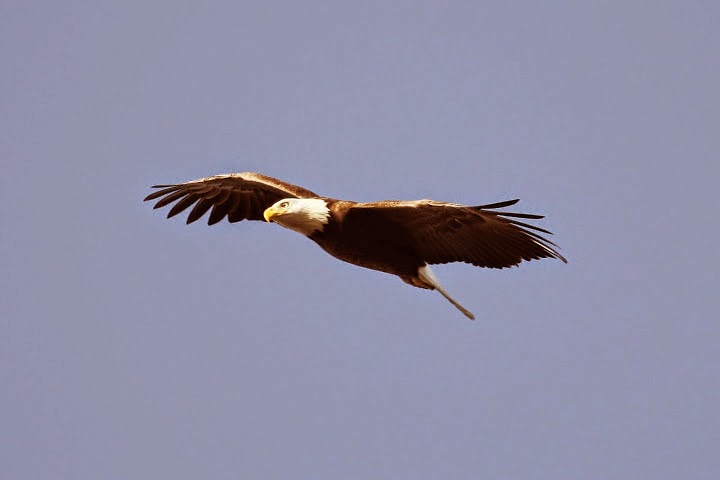For the second time in two weeks, area birders staked out an odd oriole that has been visiting a feeder near Freedom Park. Baltimore oriole reports have spiked in the last couple of weeks and there is always the possibility that a very rare Bullock's oriole could be in the mix.
I received photos of a bird that looked like it could a female of that species, so I asked four area birders to check it out. Unlike the unsuccessful wait for the hooded oriole, the target bird was very accommodating this time. Below are some comparison photos of immature Baltimore and Bullock's orioles, and then some photos of the unknown bird.
 |
| Baltimore Oriole by Jeff Lewis |

This Bullock's oriole, an immature male, shows the brightest color on the sides of the face when compared to the breast. There is an obvious black line through the eye. Note the belly is pretty plain gray, lacking any orange or yellow plumage.
 |
| Photo by Phil Fowler |
 |
| Photo by Phil Fowler |
Much debate ensued over the true identity of this bird. Everyone hoped it was the rarer Bullock's but no one was 100% convinced either way. The dreaded "H" word was even mentioned; a hybrid between the two species. No one wants that. A hybrid isn't anything but a hybrid. A hybrid can't claim to belong to any species.
Eventually most everyone ended up leaning towards the bird being a very dull first-year female Baltimore oriole. But is that correct? Sometimes that's the way birding goes. You can't put a definite name on every bird you encounter.























